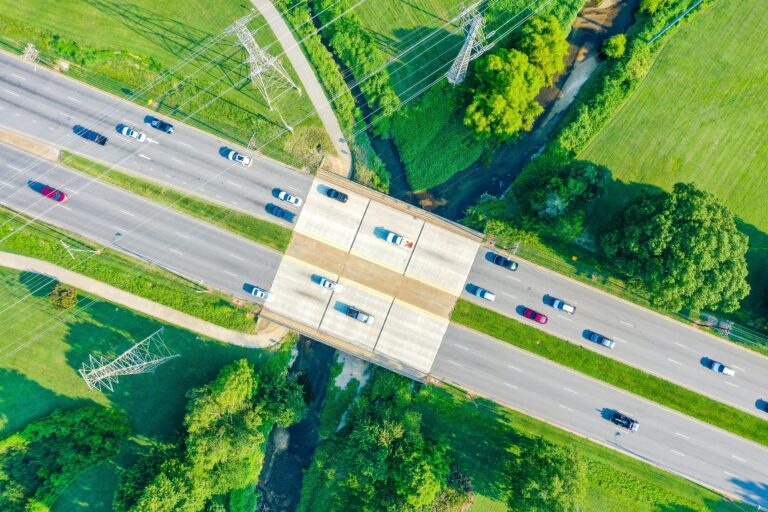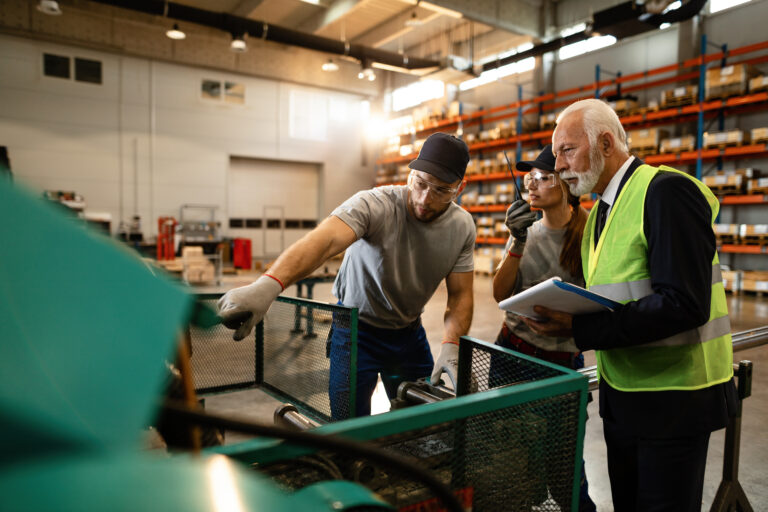Discover Our Sectors

Аutomotive & Тransportation
Automotive and transportation professionals are among those who use 3PL services to drive organizational value. Thanks to the nature of their business, these companies serve multiple customers, from individual consumers to dealer partnerships.
The supply and distribution challenges of these companies include storing and shipping large, expensive items, smaller replacement components, and care or repair kits. The latter results in a greater need for inventory control to minimize waste, maximize efficiency and meet customer expectations for fast delivery.

E-Commerce and Retail
E-commerce skyrocketed during the pandemic, when shoppers didn’t have access to traditional marketplaces. In 2021, the industry generated over $5 billion in sales. The trend shows no signs of slowing as consumers continue to enjoy online shopping’s convenience. Economists predict the market will grow 56% by 2026 and generate over $8 billion in revenue.
This increase drives demand for e-commerce order fulfillment services and more efficient logistics. A 3PL partner can carry out tasks like last-mile delivery so that customer products arrive on time and in good condition, regardless of where they are. Plus, these providers can help with reverse logistics and returns processing to maintain great customer service.
Third-party logistics companies help traditional retail stores support their operations, as well. Businesses providing 3PL solutions offer short-term storage and long-term warehousing services to meet seasonal demand changes. They also supply cost-effective solutions like cross-docking, simplifying goods distribution and increasing delivery speed.

Manufacturing & Distribution
Goods manufacturers and distributors face many pain points in the supply chain. Manual processes and in-house storage and shipping operations can be expensive, and inefficient transportation further increases operating costs. Effective raw material movement is vital to promoting continuous production and preventing downtime that may result in unsatisfied customers.
The 3PL provider handles the day-to-day operations of micromobility fleets, including electric scooters, e-bikes, and other vehicles. This often includes:
